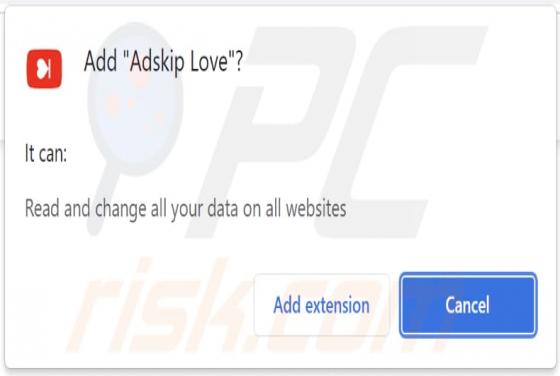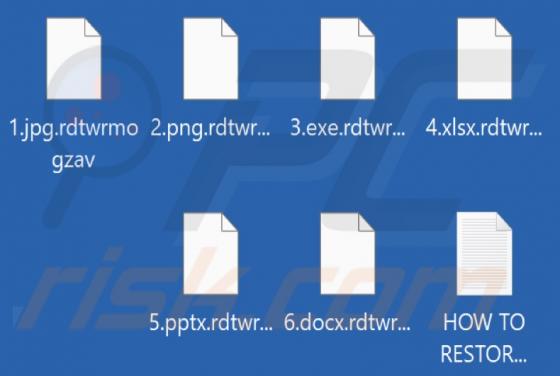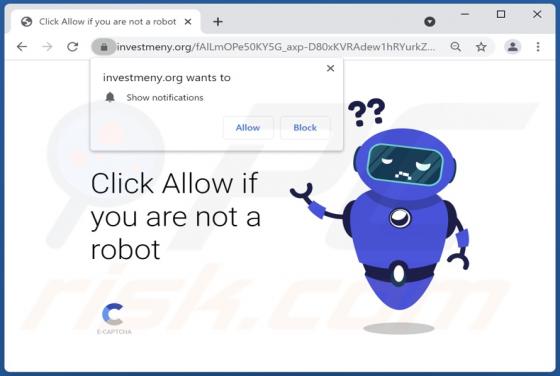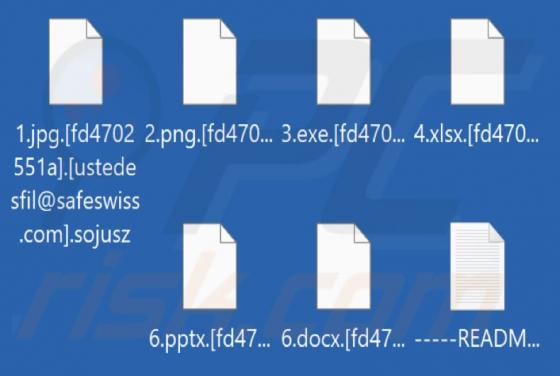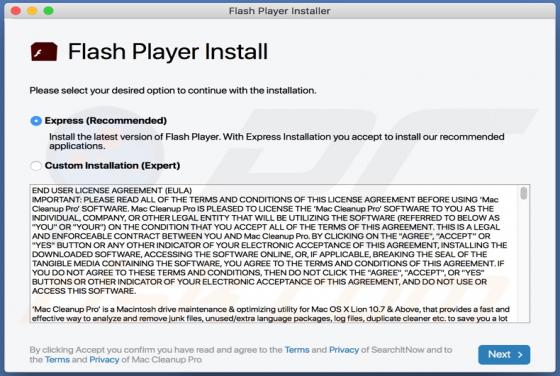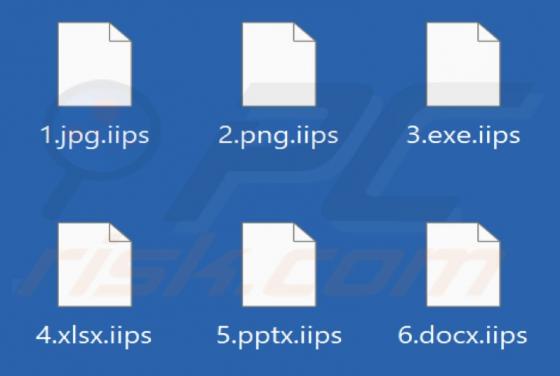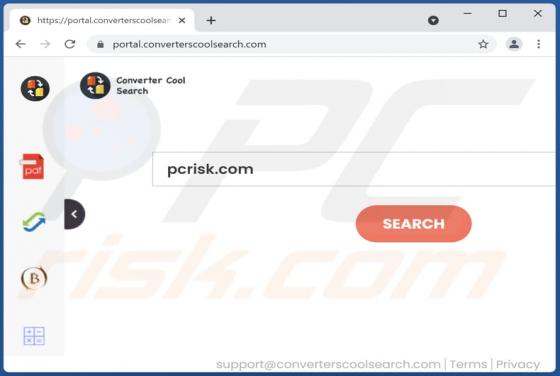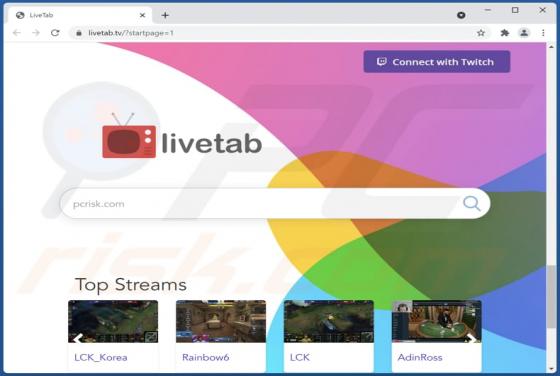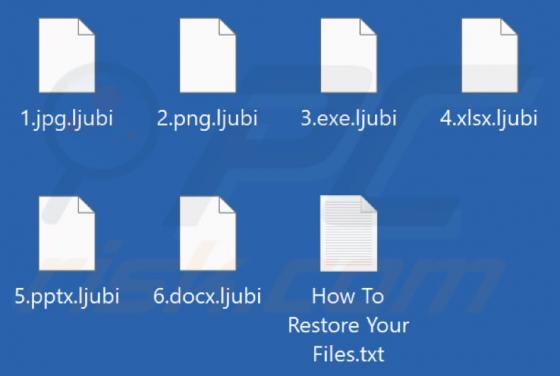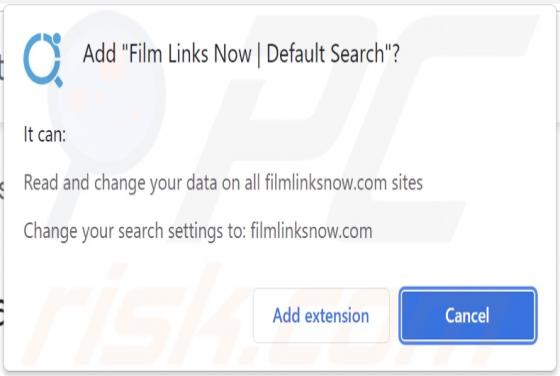
Film Links Now | Default Search Browser Hijacker
Discovered by our researchers while inspecting sites that use rogue advertising networks, Film Links Now | Default Search is a rogue browser extension. We determined that this piece of software is a browser hijacker. It modifies browser settings and promotes the filmlinksnow.com fake search engine
